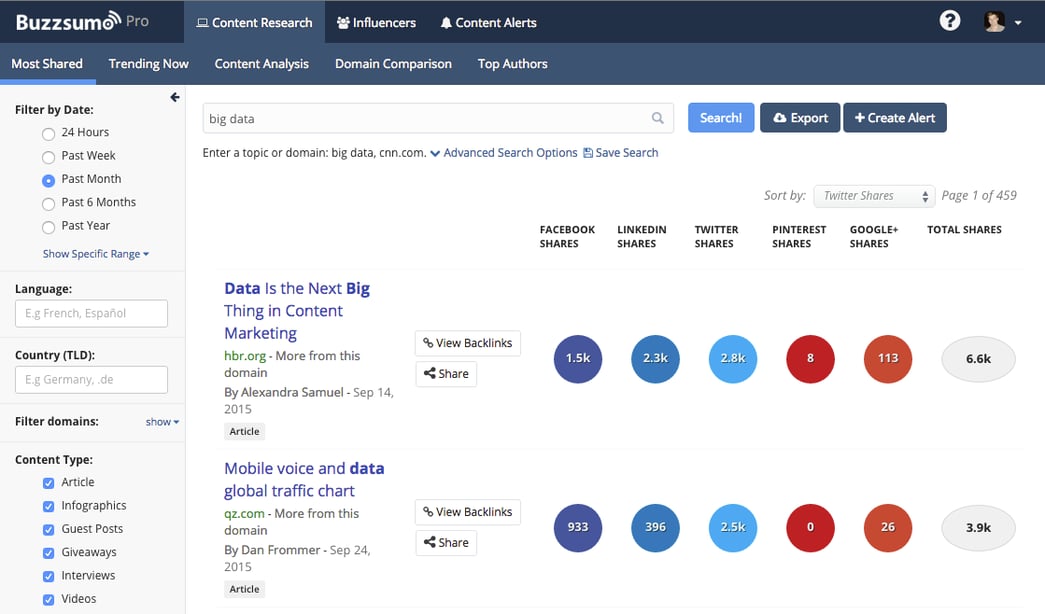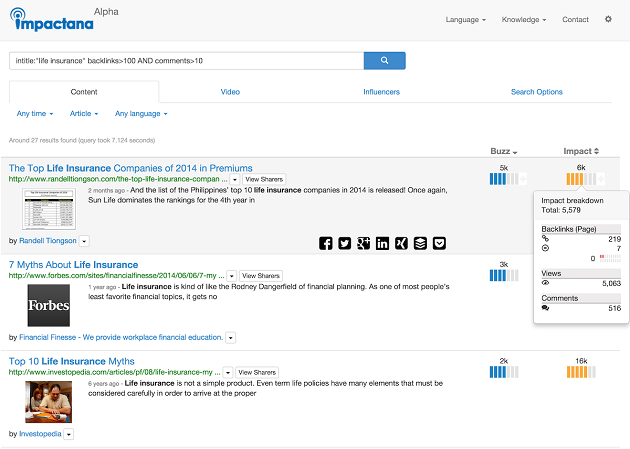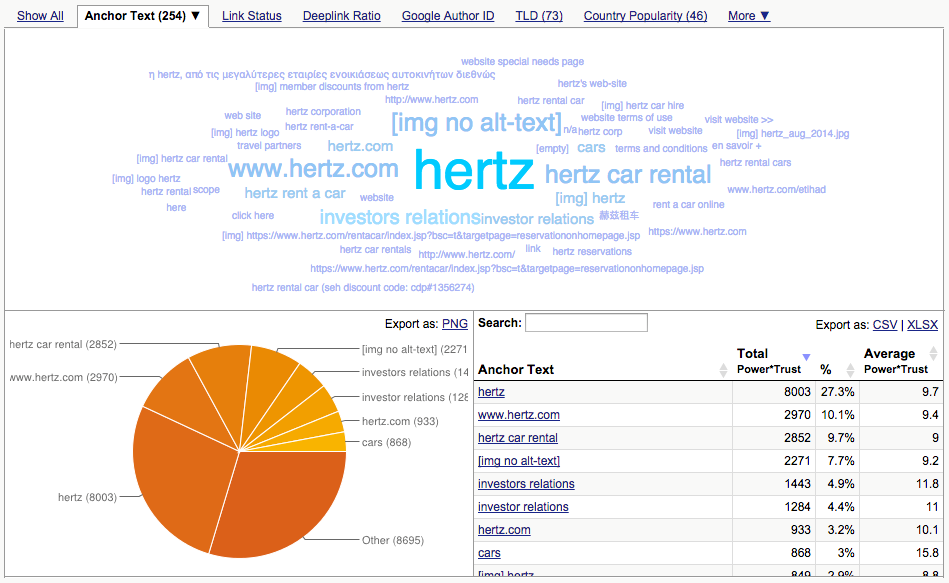The concept of 'hero content' may not be new, but since Google coined it in their YouTube playbook, every content creator in the business is suddenly talking about how to make hero content.

The trouble is, like Hawkeye in an Avengers movie, even the greatest heroes can go unnoticed when too many heroes are around. Even epic content can get lost in the noise.
Short of coming up with Cadbury's drumming gorilla, how do you make your hero content stand out? How do you upgrade yourself from Hawkeye to The Hulk? (And run off with Scarlett Johansson...)
With competitor analysis tools to define a data-driven content strategy. That's how.
Data-Driven Content Creation
Netflix famously commissioned House of Cards after analyzing their viewer data, ushering in a new era of data-driven content. Maybe you don't have Kevin Spacey at your disposal, and maybe you can't conquer the internet and win critics’ hearts on quite the same scale, but you can certainly use the same methodology to supercharge your hero content.
And the good news is you can use the same tools you already use for everyday SEO.
You need to take a data-driven approach in content creation. How do you get that data? By analyzing existing content.
The first step is to analyze keywords and topics within your niche to see what content is performing well, and then follow your competitors to see what you're directly up against.
Use BuzzSumo and Impactana To Find Socially Trending Content

If you're not already using BuzzSumo and Impactana in your content creation process, you're missing out on valuable opportunities.
BuzzSumo will reveal what's trending on social media–what's attracting the most eyeballs and the most shares–so you can see the big hitters in your niche; revealing both who's publishing the best content and what they're doing to be successful.

Impactana will drill down further, telling you not just what content is being seen but what content is generating the highest levels of user engagement.
Using these two tools, you can analyze what trends, topics, and content appeals to your target audience, and who's creating it. Perhaps you could rope in a YouTube star to voice your next video...
Use AccuRanker To Find Ranking Content
When it comes to creating heroic content generating social buzz is only one measure of success - you also want to know what content does well in Google.
Using AccuRanker–which you may already use to track performance of your site and competitors–you can see what content is performing well in the SERPs for relevant keywords. And, because AccuRanker allows you to track URLs over time, you can see which content sticks and which content is just a flash in the pan.
This will give you valuable insight into how other people are integrating SEO into their hero content.
Use Link Research Tools To Find Link Generating Content
Finally, Link Research Tools will give you a window into what content is generating links.
Once you've identified a strong piece of competitor hero content, the Backlink Profiler will show you where the links are coming from, and how many backlinks the content has. The Juice Tool will estimate how strong those links are.
This should help you understand which content is earning links, and also the sites that are likely to link to your own content. This will help you better identify your audience–so you can craft content specifically designed to appeal to them–and who you can promote any newly published content to for a link opportunity.

Analyze Content Performance
Now you have a better understanding of which content is performing well in social, search, and links.
The next step is a deeper analysis of the content itself, using all points of data (search, links, social), to create a plan for your own future content creation. Start by dividing it into the following categories:
- Good content worth emulating.
- Poorly performing content.
- Good content not to emulate (because you can't compete with it).
Keep tabs so you know how pieces performed in terms of social buzz, SERPs, and link generation. By analyzing the common elements across these categories, you may see a pattern emerge as to what works best for your campaign goals, and what's important to avoid.
By comparing what's performing well in your niche, and what your competitors are doing, you may spot a link between the two, presenting an opportunity to publish hero content appealing to your audience in a way that hasn't been done before.
Great Ideas Generated By Data
Now you know what markers to hit, all that’s left is to come up with a great idea. But that's for the creative team to deal with. At least they've got a detailed brief.
In the meantime, download the competitor benchmarking guide from AccuRanker for more ideas on how to use competitor analysis for SEO – not just for content, but on-site, strategy, and outreach.

